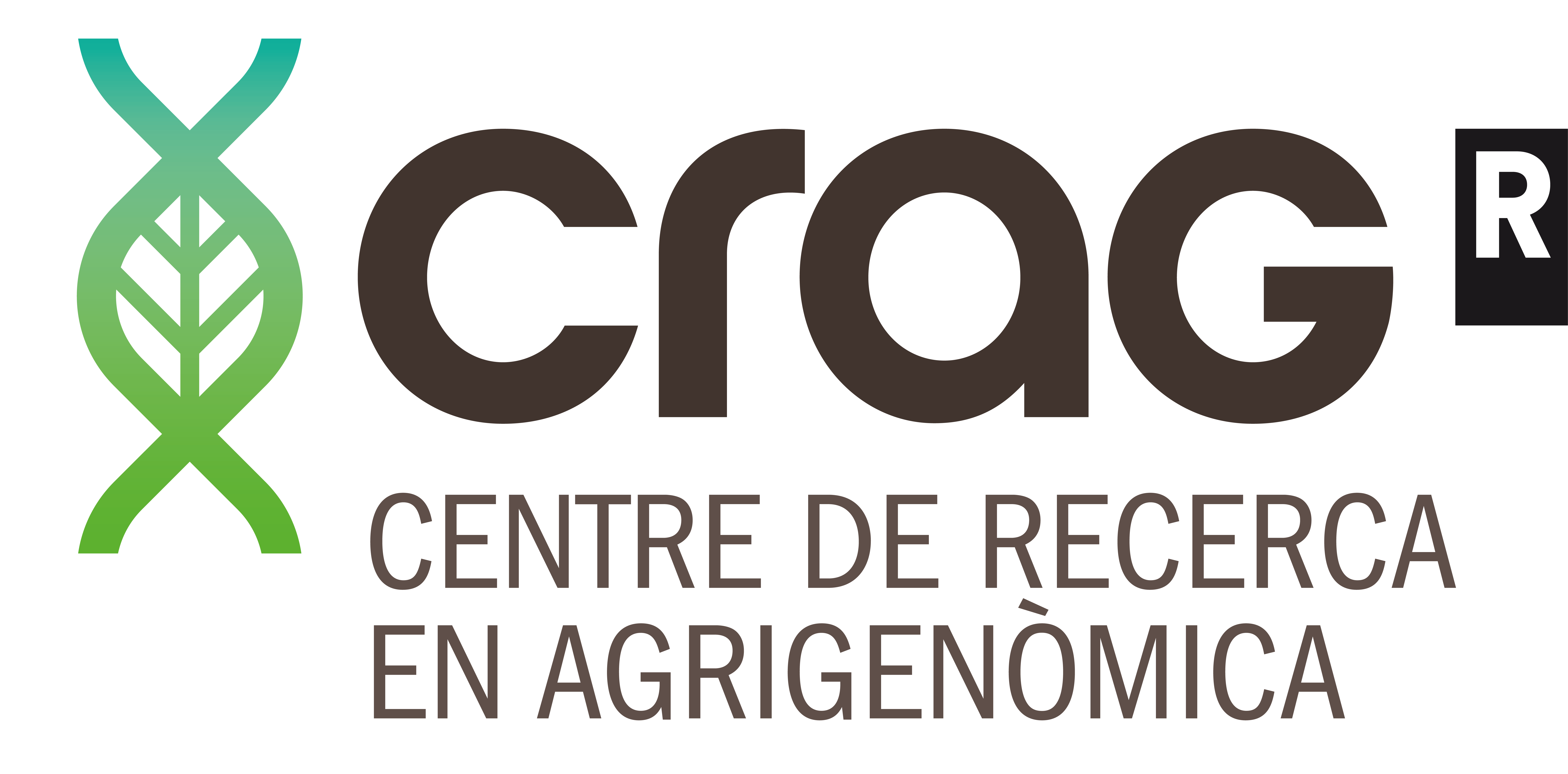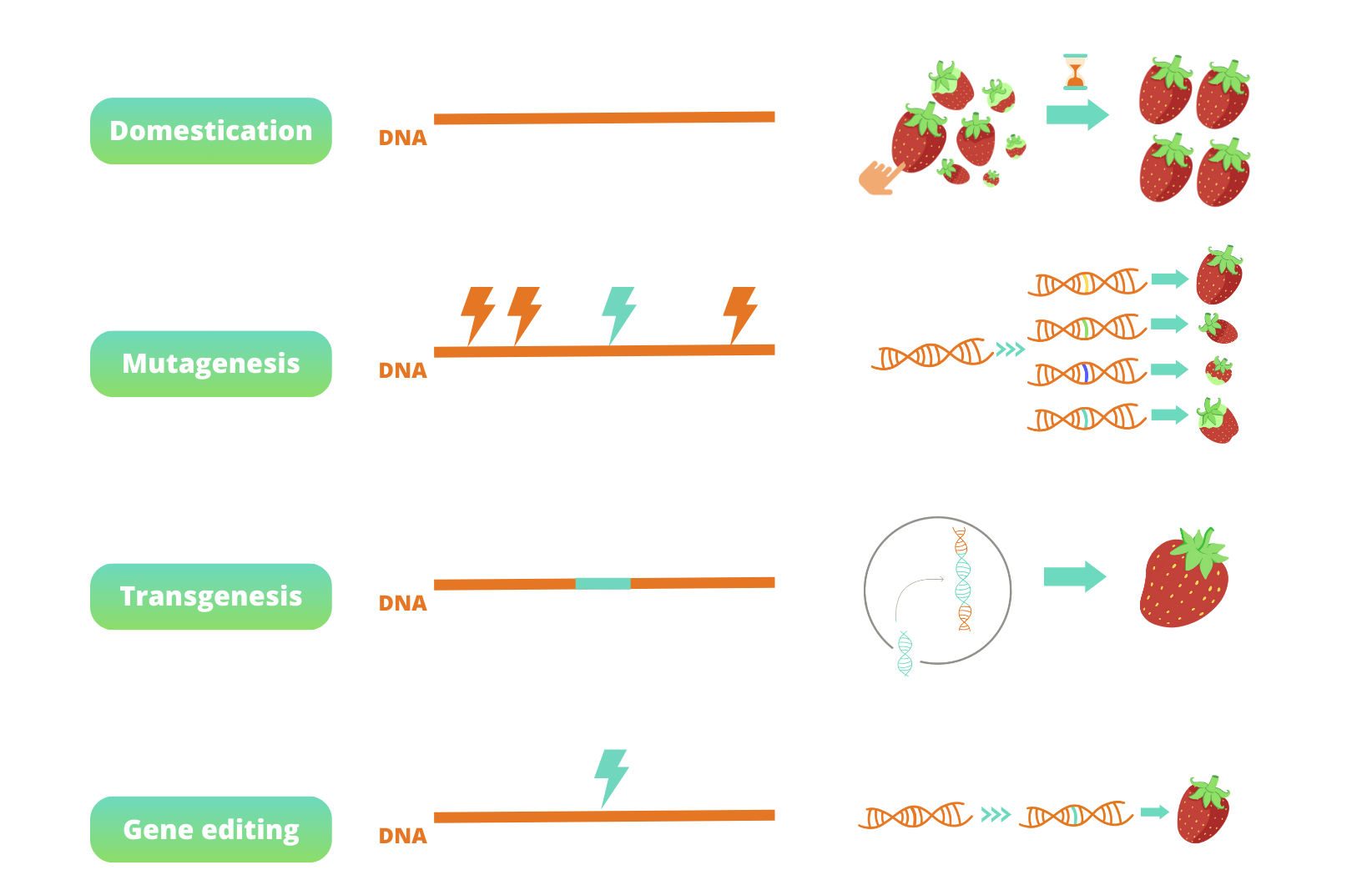Genetic modification is the process of altering an organism’s genetic material to obtain specific characteristics. Historically, a number of methods have been used to genetically modify plants, ranging from more traditional approaches to modern biotechnological techniques that have speeded up the process of breeding new plant varieties.
Domestication
Domestication is the process through which humans select and cultivate plants to suit their needs and preferences. This process leads to significant changes in plant morphology, physiology and genetics, enabling the development of crops with desirable characteristics such as higher yields, disease resistance and improved nutritional content.
Plant domestication began about 10,000 years ago in the Fertile Crescent region, where plants such as wheat, barley, peas and lentils were first cultivated. Throughout history, humans have continued to select for desirable traits in plants, leading to the creation of a wide variety of crops.
Domestication is based on variations between individuals of the same species. Humans select plants with desirable characteristics and cultivate these to obtain more plants with the same characteristics. Genetic variability exists in nature due to random mutations in the genome.

Mutagenesis
Mutagenesis is the process of inducing changes in an organism’s genetic material to create new traits. This is achieved through exposure to mutagenic agents, which may be chemical or physical, causing random changes in DNA.
Mutagenesis is used in plant breeding to increase genetic variability and create new desirable traits. When plants are exposed to mutagenic agents, large numbers of DNA changes are randomly generated. Scientists then select the plants that have desirable characteristics and cultivate these to obtain more plants with the same traits.
Although mutagenesis can lead to significant changes in plants, the resulting crop varieties are safe both for the environment or for our health. Most of the food we find in supermarkets is obtained through advanced domestication or mutagenesis. The list of these varieties can be consulted at this Food and Agriculture Organization of the United Nations (FAO) database.

Transgenesis
Transgenesis is the process of transferring genes from one organism into the genome of another.
This technology is used in plant breeding to introduce new desirable traits, such as pest resistance or herbicide tolerance, by inserting a gene from another plant species or micro-organism into the genome of the plant of interest, resulting in a variety with new characteristics.
The resulting transgenic plants undergo rigorous studies to assess their efficacy, safety and environmental impact before they are used in agriculture.

Gene editing
Gene editing (also called genetic or genome edition) is a group of technologies that give scientists the ability to change an organism’s DNA sequence. These technologies make it possible to add, remove or alter genetic material at certain sites in the genome.
Several genome edition approaches have been developed, including the technique known as CRISPR-Cas9 (short for “clustered regularly interspaced short palindromic repeats associated with protein 9”). In nature, the CRISPR-Cas9 complex is used by bacteria to defend themselves against viruses. In the laboratory, the same complex is used as a tool to make precise changes in an organism’s DNA. A short RNA, called guide RNA, is the hand that positions the complex at a precise position in the genome. Then, the protein called Cas9 acts like molecular “scissors” that cut the DNA at that specific location. The DNA undergoes a repairing process where genetic changes can be introduced.
With editing technologies, scientists can precisely modify a genome without producing multiple random mutations or introducing genes from other organisms. This approach is interesting for breeders because it facilitates the development of plants with improved characteristics and is more efficient than other genetic modification methods.

CRAG Consortium members:

CRAG is a member of:

Outreach project funded by:


